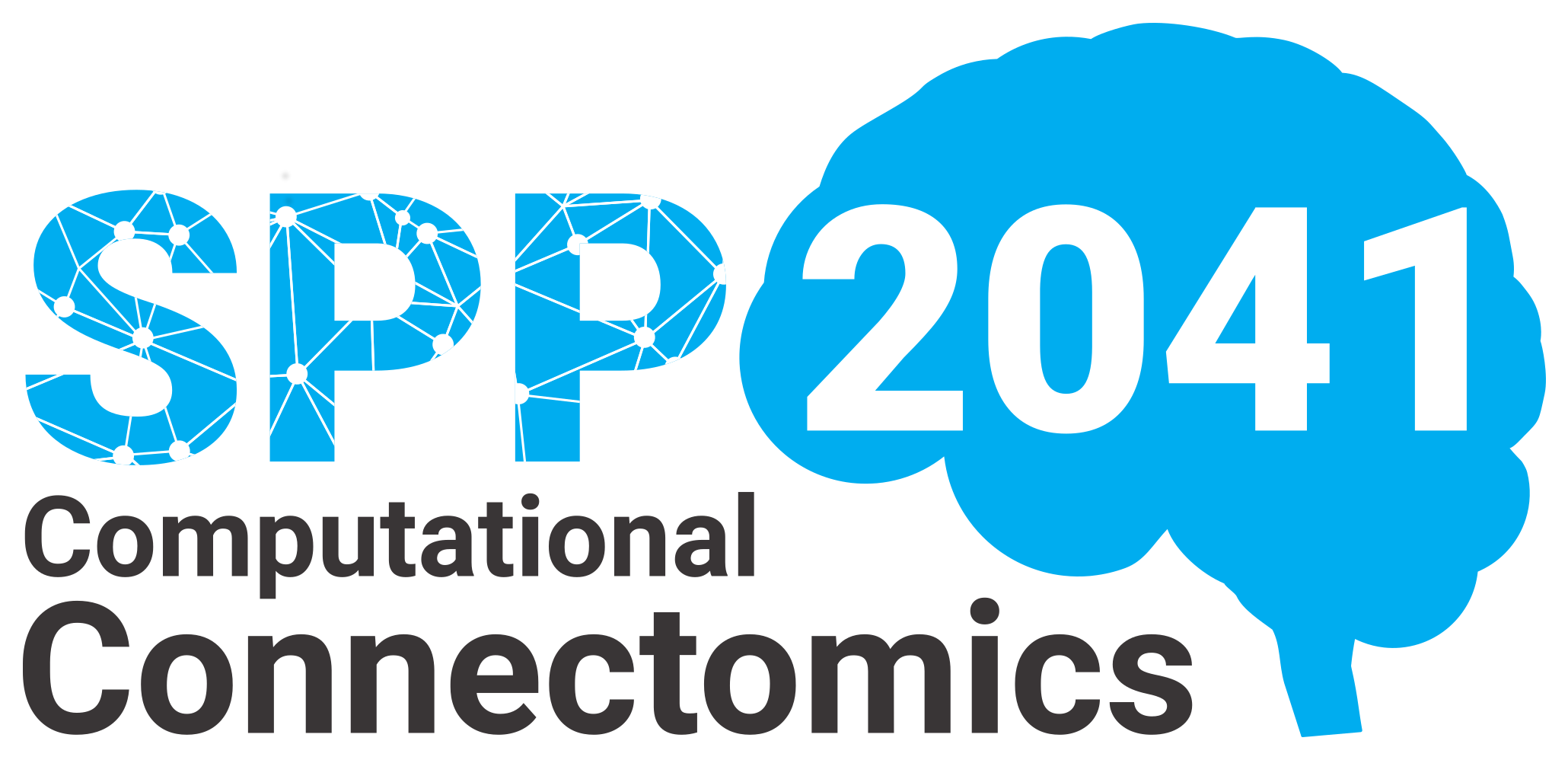High resolution connectivity analysis of CA3/DG engrams: from behavior to structure
It remains notoriously difficult to generate realistic models of neuronal circuit computations. This is mainly due to the fact that a pure connectomic circuit reconstruction does not allow to selectively label and reconstruct active circuit components at specific timepoints. On the other hand bulk optogenetic activation/silencing of neuronal populations does not allow the manipulation of an exact ensemble of neurons active at a specific timepoint. Therefore, both approaches lack the capability to provide exact connectivity and activity parameters for the generation of truly realistic models of neuronal computations. We will address this issue employing a strategy that allows us to selectively identify and anatomically reconstruct only those circuit components upon optogenetic stimulation, that are actively engaged within a specific neuronal computation. These active circuit components are identified in response to a repetitively occurring behavioral expression. Technically, posture dependent light activation is realized using DeepLabStream (DLStream), an artificial intelligence-based closed loop motion tracking and light stimulation system and combining it with an optogenetic activity sensor allowing to fluorescently label active circuit components upon blue light stimulation. The resulting fluorescently labeled neuronal networks are then reconstructed by purpose-built light sheet fluorescent microscopes with a resolution allowing to rapidly track all the critical details of synaptic connectivity over extended volumes. To reconstruct these extended neuronal networks at super resolution over hundreds of micrometers we will employ a recently developed tissue expansion method combined with light sheet fluorescence microscopy of serially gel block sectioned samples.Building on our achievements during the first funding period, we will concentrate on the hippocampal dentate gyrus (DG) and the closely associated CA3 region. We will usethe techniques newly developed in the first funding period to elucidate how these two areas achieve key computations during formation of precise spatial memories. Specifically, we will use our newly generated connectomic data to generate a biophysically realistic model of DG/CA3 computations during spatial memory formation to finally develop a theory of memory formation in the DG-CA3 system.The different datasets generated within our project will also continuously be incorporated into the existing open source dentate model in Neuron.
Visit at GEPRIS
Visit at GEPRIS
Principal Investigators
Professor Dr. Heinz Beck
Rheinische Friedrich-Wilhelms-Universität Bonn
Medizinische Fakultät
Klinik für Epileptologie
Professor Dr. Ulrich Kubitscheck
Rheinische Friedrich-Wilhelms-Universität Bonn
Institut für Physikalische und Theoretische Chemie
Dr. Karl Martin Schwarz, Ph.D.
Rheinische Friedrich-Wilhelms-Universität Bonn
Medizinische Fakultät
Klinik für Epileptologie
